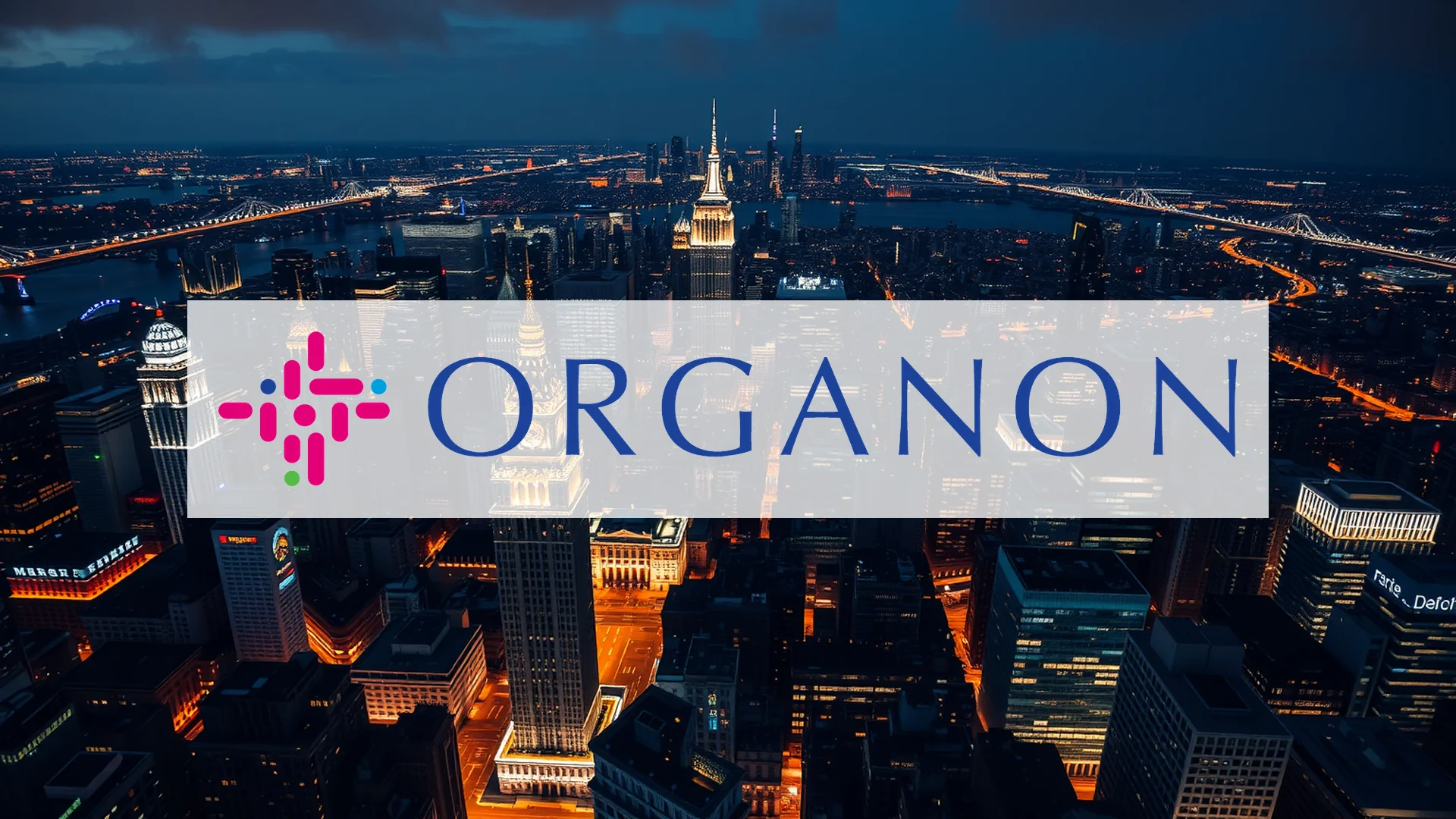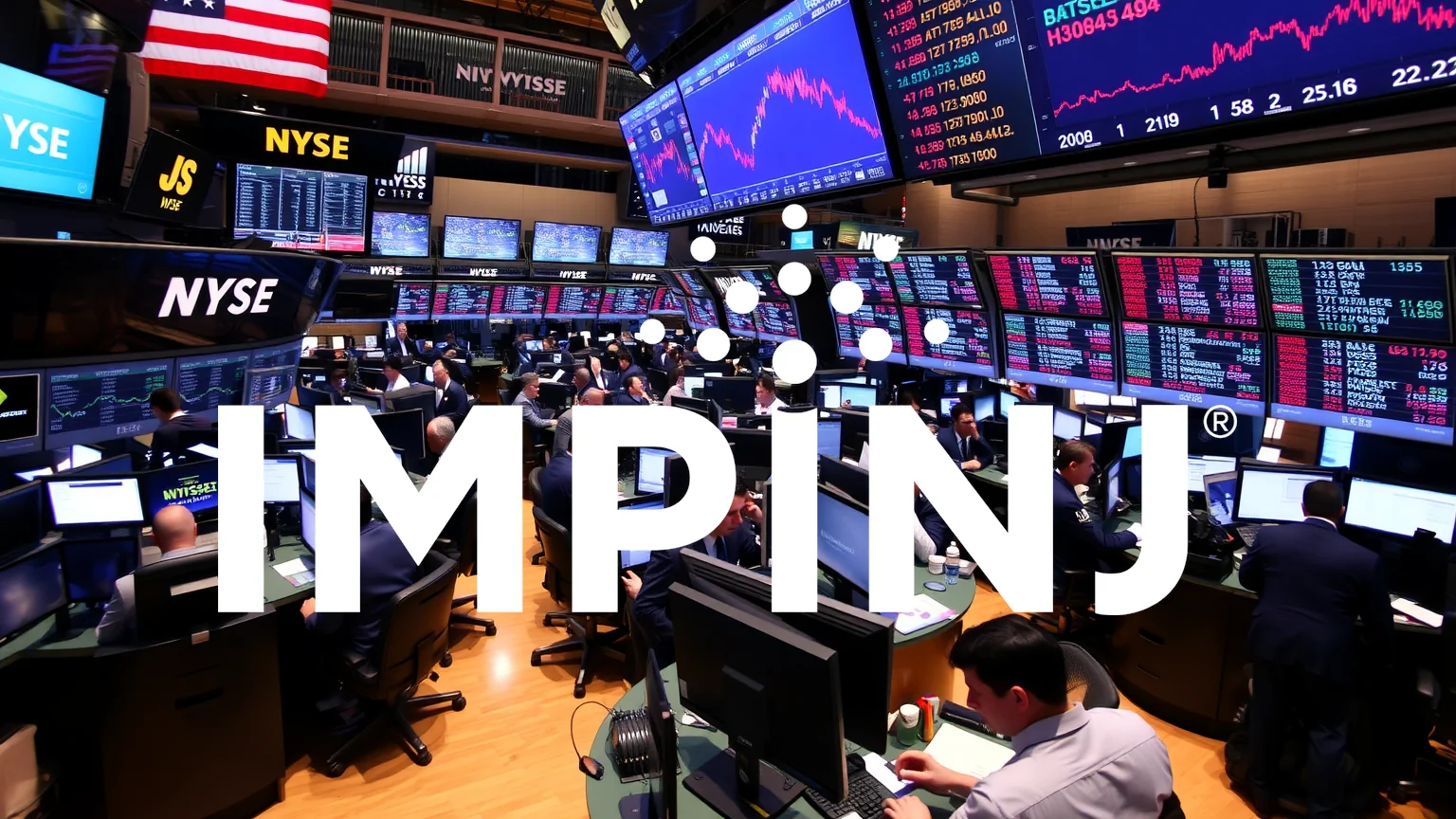A significant regulatory shift is underway for America’s housing finance system. Fannie Mae, the government-sponsored enterprise, is confronting substantial pressure following newly proposed rules from the Federal Housing Finance Agency (FHFA) that would dramatically alter affordable housing requirements. Simultaneously, the prospect of privatization is gaining momentum, raising critical questions about the potential consequences for the mortgage market.
Office Closures and Major Securities Buyback Add to Turmoil
Beyond the regulatory proposals, Fannie Mae is making other consequential moves. The company, alongside Freddie Mac, intends to permanently shutter its New York offices. Official statements attribute this decision to what they describe as “corrupt and dangerous business practices” under the state’s attorney general.
Adding to the week’s developments, a substantial buyback offer for Connecticut Avenue Securities (CAS) Notes concluded on Friday at 5:00 PM New York Time. The transaction, valued at approximately $2.25 billion, is scheduled for settlement on October 7.
FHFA Proposes Sweeping Changes to Affordable Housing Goals
The core of the regulatory transformation was unveiled last Friday when the FHFA published a consequential proposal in the Federal Register. The plan calls for a fundamental revision of the affordable housing goals for Fannie Mae and Freddie Mac, setting new benchmarks for the period spanning 2026 to 2028.
Should investors sell immediately? Or is it worth buying Fannie Mae?
A central element of the proposal involves consolidating the previously separate targets for minority and low-income homebuyers. This merger would be accompanied by lower overall benchmark requirements. These housing goals, a fixture since the early 1990s, were originally designed to ensure that the government-backed entities supported mortgage access for disadvantaged communities. Consumer advocacy groups have expressed significant concern over the planned easing of these standards.
In a parallel action, the FHFA withdrew three additional regulatory proposals. These included minimum liquidity requirements from 2021, as well as 2024 proposals concerning governance standards and credit limits for the Federal Home Loan Banks.
Privatization Prospects and the Trump Plan Resurface
The regulatory reforms are widely viewed as preparatory steps for a potential future privatization of the mortgage giants. The public comment period for the new affordable housing goals is now open, a process that could pave the way for fundamental structural changes.
Recent analysis from a Stanford University study examined a potential Trump administration plan for a partial sale of the government’s stakes. The research concluded that if an implicit government guarantee were maintained, mortgage interest rates would likely see a modest increase of only about 20 basis points. However, the absence of such a federal backstop could lead to substantially higher borrowing costs for consumers.
Ad
Fannie Mae Stock: Buy or Sell?! New Fannie Mae Analysis from November 19 delivers the answer:
The latest Fannie Mae figures speak for themselves: Urgent action needed for Fannie Mae investors. Is it worth buying or should you sell? Find out what to do now in the current free analysis from November 19.
Fannie Mae: Buy or sell? Read more here...










